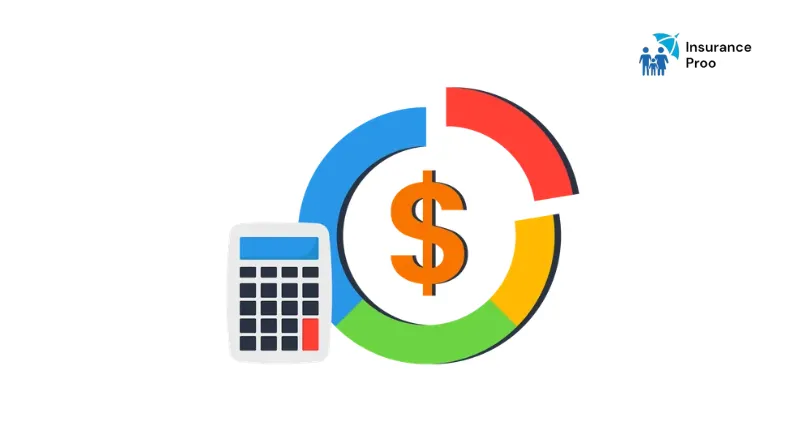What's the Difference between PPO and HMO health plans

While choosing a health insurance plan,savvy the meaning of constrast between the various types of plans is crucial. Two of the most common types of health insurance Plans are Preferred Provider organization (PPO) & Health Maintenance organization (HMO). Both have their unique attributes, interests ,& difficulty. This arcticle will explore the differences between PPO & HMO health plans in detail.
Overview of PPO & HMO Plans
PPO ( Preferred Provider Organization)
PPO plans offer a network of healthcare providers,including doctors,specialists, & hospitals. Members have the flexibility to choose health care providers both inside & outside the network. However, using out-of – network providers typically results in higher out-of- pockets costs. PPO plans do not require members to select a primary care Physician (PCP) & do not involve referral to see Specialities.
HMO ( Home Maintenance Organization)
HMO plans require members to seek a primary care Physician (PCP) who acts as a gatekeeper for all healthcare services. Members must obtain referrals from their pcp to seek specialists or to receive certain services. HMO plans generally have lower premiums & are expensive but offers less flexibility in choosing healthcare Providers ,as members are required to use in-network providers for coverage
Cost Structure

Premiums:- PPO plans usually have higher monthly premiums compared to HMO plans. It’s because of greater fluidity & broader access to healthcare providers that PPO offers:
Deductibles & Copayments: – PPO plans often come with higher Deductibles & copayments. Members may have to pay a deductible b4 the insurance starts covering costs, & copayments for services can vary significantly based on whether the provider is in-network or out-of-network providers. HMO plans usually have lower deductibles and copayments. Members usually pay fixed copayment for doctor visits & other services, making it easier to predict healthcare costs.
Out- of- Care Maximums :– Both of these plans have out of pocket maximums, which limit the total amount members have to pay for covered services in a year. However, PPO plans may have higher out of pocket maximums compared to HMO plans.
Provider Services
PPO Networks they’ve a larger network of providers, allowing members to see any doctor or specialist without a referral. While members can receive care from Out-of-network providers, they will pay ore those services. This flexibility is appealing to Individuals who prefer to have control over their healthcare choices.
HMO Networks
They’ve a more restricted network of of providers. Members must choose a PCP and obtain referrals to see specialists. If members seek care from out-of-network providers, they typically have to pay the full cost of services out -of- pocket ,except emergencies. This limitation can be drawback for those who are seeking for more options .
Primary Care Physician ( PCP)

Requirement : PPO Plans:- In this, there is no requirement to seek a primary care Physician. Members can see any healthcare provider without any referral. It can be beneficial for those who prefer managing their things by their own means.
HMO plans:- They require a PCP where a PCP is responsible for coordinating healthcare services& referrals to specialists. This model encourages preventive care & continuity of care, as the PCP is familiar with the member’s health history .
Referrals to Specialists
PPO Plans:-
These don’t need to referrals to see specialists. They can directly schedule appointments with specialists, which saves time & provider access to specialized care.
HMO Plans:-
These must obtain referrals from their referral from their primary care Physician b4 seeking specialists. This can create delays in accessing specialized care, as members must irst consult their PCP.
Resilience & Timeliness

PPO Plans:
These plans offer a great flexibility & Convenience for Members. They can choose any provider ,including out-of-network options, & Don’t need referrals foretter specialist visits. This is particularly advantageous for individuals who are travel freak or have specific healthcare needs that require specialized care.
HMO Plans:
They Prioritize cost savings & preventive care. While they may lack the fluidity of PPO plans,they often provide a more coordinated approach to healthcare. Members ave designed PCP who manages their care, which can lead to better health outcomes through regular Monitoring & preventive services..
Proactive care :
Both of these plans typically cover preventive care services , like vaccinations, screenings, & annual check-ups, at zero extra cost to the member. However, the approach to preventive care may differ. PPO Plans These plans may encourage preventive care but don’t require members to see their PCP for their services. Members can access preventive services from any provider within the network.
HMO plans :- These plans may emphasize preventive care through the PCP model. Members are encouraged to schedule regular check-ups, & screenings with their PCP, who can provide referrals for additional services whenever reqd.
Geographic Considerations:

PPO plans:
These plans are more suitable to travel freaks or someone who lives in multiple locations. The ability to seek out-of-network providers can be beneficial for those who may care outside their primary residence address.
HMO Plans:
These can be more restrictive in terms of geographic coverage. Members typically need to receive care from providers within a specific service area which can be a disadvantage for those individuals who are travel freaks or someone who relocates frequently.
Conclusion
Choosing b/w these health plans solely depends on individual healthcare needs,preferences & financial considerations/Planning or Economic & Financial Status .PPO plans offer greater flexibility & access to a wider range of providers , making them suitable for those who prioritize Possibility & ease of access. However, this flexibility comes at a higher cost in terms of premiums and out-of-pocket Expenditures. On the other hand, HMO Plans provide a more structured approach to healthcare, emphasizing preventive care and coordinated services through a primary care Physician. While they may have lower costs, the restrictions on provider choice and the need for referrals can be limiting for some individuals. When selecting a plan, we should evaluate personal healthcare needs, budget & preferences for provider access. Understanding the difference b/w these 2 plans can help individuals make informed decisions that aligned within
Read More at : Top Tax Benefits You Can Get from Insurance in 2025











